
What defines a city as being green? Is it being environmentally friendly and taking care of its flora, or is it by providing its residents with the best facilities? Here we will discuss the numerous cities in Europe that claim they’re “the greenest”!
Lisbon
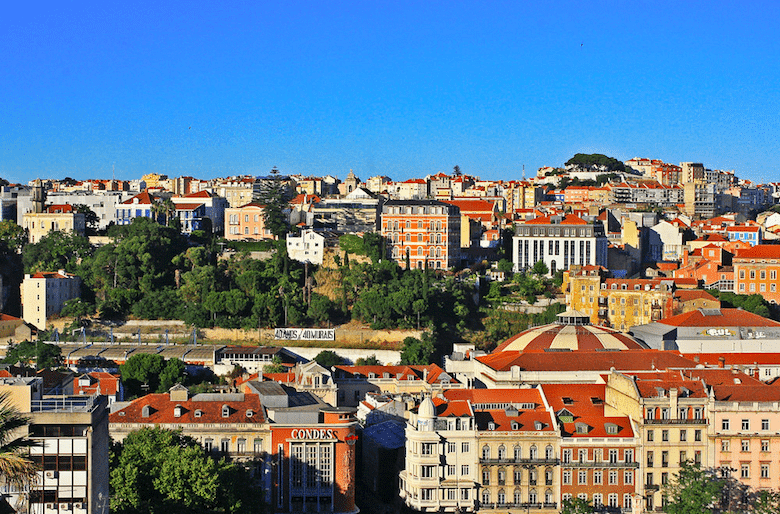
Lisbon is has been voted “European Green capital of 2020” by the European Commission. In 2017 Lisbon launched a bike-sharing scheme, with electric bikes comprising two thirds of the fleet to encourage cycling in the hillier parts of the city. It is also promoting alternatively-fueled vehicles, boasting one of the world’s largest electric vehicle charging point networks with 516 such points citywide. Lisbon is committed to protecting and enhancing its natural areas, while also providing quality outdoor recreational space for its citizens. The city involves a wide range of stakeholders, such as citizens, businesses, universities and international partners, in its policies and programmes for urban innovation.
Ljubljana
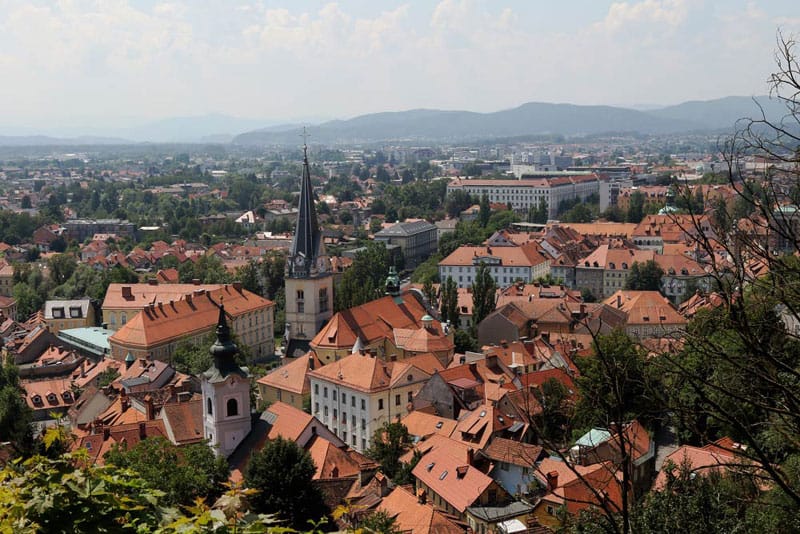
The winner of 2016’s European Green Capital, Ljubljana won due to the transformation of their traffic with a focus on public transportation and providing cycling roads. Three-quarters of Ljubljana are green areas, filled with contiguous aquatic, forest and agricultural areas. They also declared a total of 1400 hectares as a forest that is designed to become a CO2 sink.
London
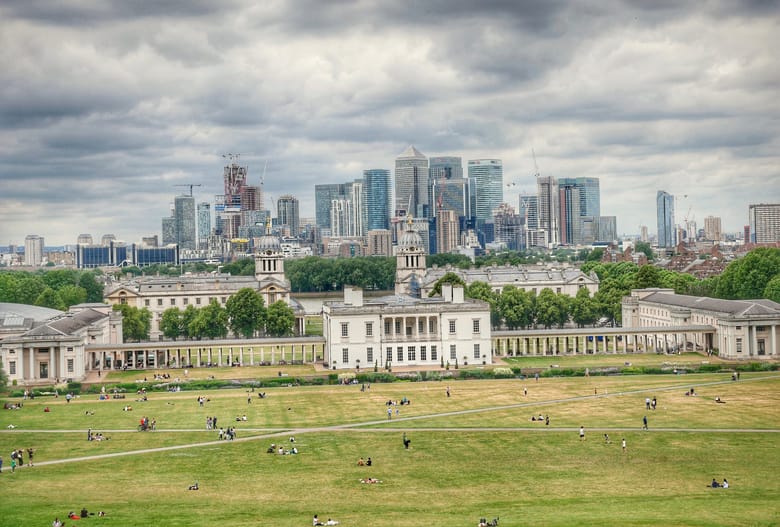
Although London might not be the first city to come to mind when thinking of green cities, mainly due to the city’s smog, it is credited to be one of the greenest cities according to Cities Digest. This is mainly due to the fact that they have started to take quite drastic measures to fight pollution. The government decided to start fighting pollution and plans on becoming carbon-free within the next decade. London has lots of green spaces, in the shapes of parks, nature reserves and wildlife habit among others. The government is actively investing in renewable energy sources, and you can already find plenty of hybrid buses on the streets.
Copenhagen
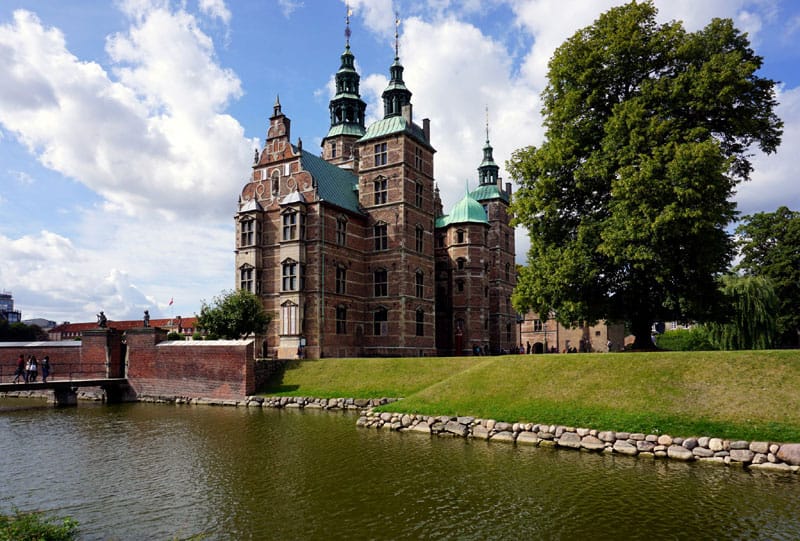
With over 450 kilometres of bike lanes, Copenhagen won European Green Capital in the year of 2014. Their aim is to reach carbon neutrality by 2025, which is one of the reasons they really promote cycling. Its aim was to have 50% on bicycles by 2015, and now around 45% of people go to work or school on a bicycle.
Vienna
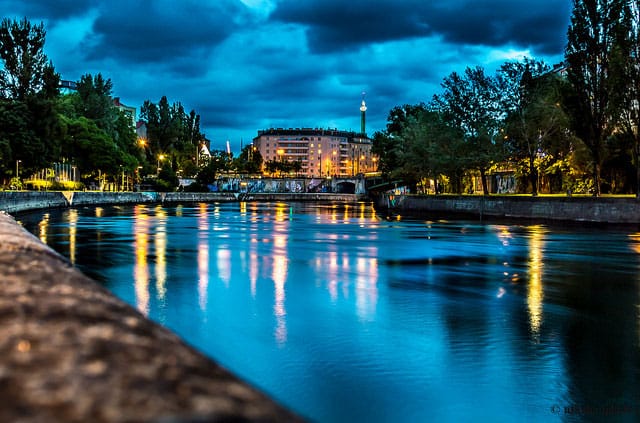
Vienna is well known for its initiatives in their water usages. According to the European Green City Index, Vienna is ranked second thanks to its water treatment policies and efficiency. It is collected through mountain springs by taking advantage of the altitude difference between the mountain and the city and with the gravitational energy from this process, it is also used to hone electricity power.
Oslo
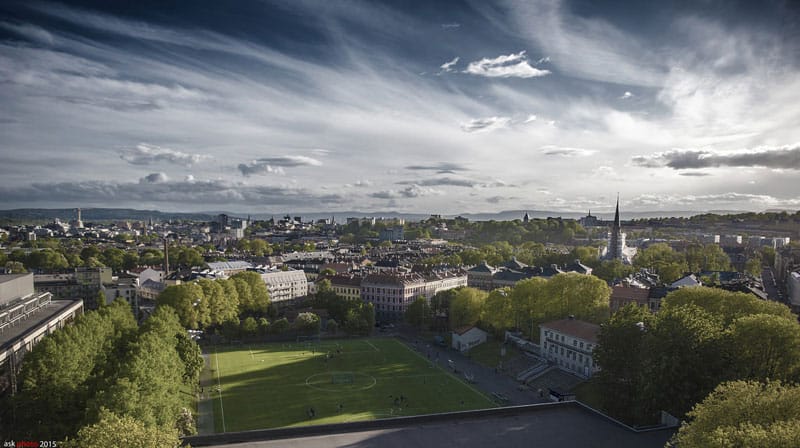
Rated by as the 1st city to preserve CO2 emissions, Oslo
Oslo citizens consume quite a lot of energy, but they use fossil fuels very efficiently. Also Oslo did a great job in harnessing its alternative and renewable energy as the source of fuel for its public transportations. Two-thirds of Oslo are protected areas, so they go a long way in preserving nature. These factors made Oslo the “greenest” city in the European Green City Index in 2019.
Helsinki
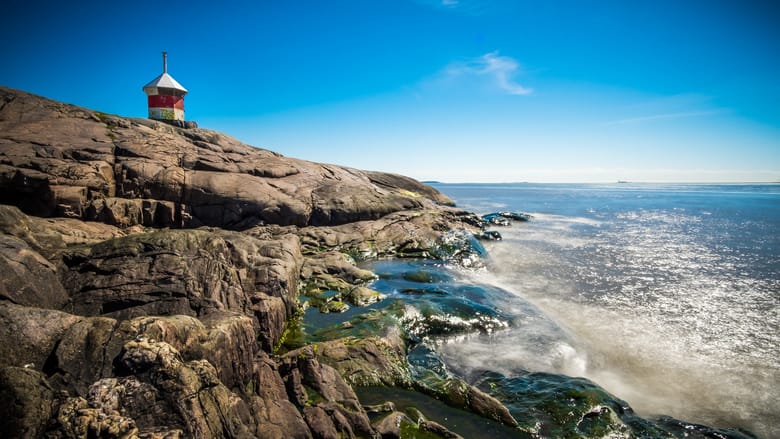
Helsinki is known for having great recycling processes. This is not also reducing pollution but helps to fulfil the energy needs of the city in a more environmentally friendly way. Next, to that many citizens of Helsinki choose to cycle or walk, further reducing pollution.
Amsterdam
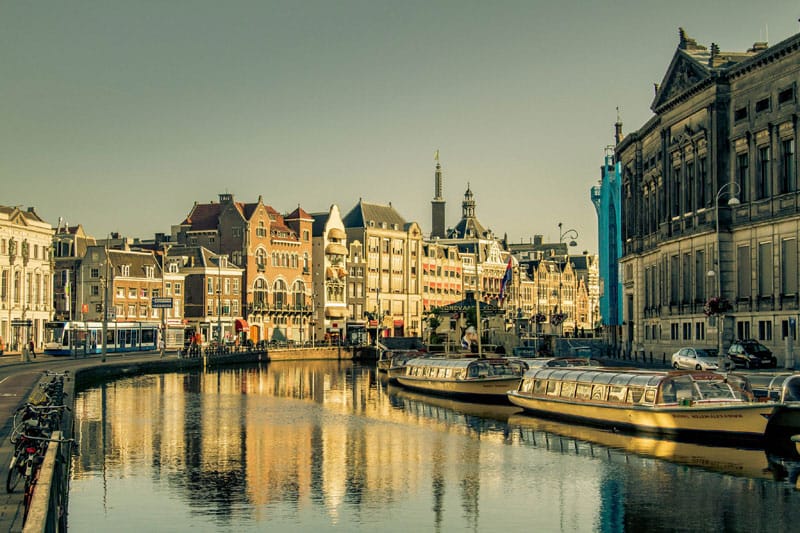
Amsterdam ranked as one of the best cities in terms of its water, transportation and also waste and land use in the European Green City Index. There are a huge number of pedestrian zones and cycle paths making walking or cycling the biggest means of transport in this city by 38 %, next in line is its public transport at 24% which includes bus, tram, canal boats and local trains. 43% of waste is recycled and used as fuel for their city bus network. Next to all that we find more electric cars on the streets of Amsterdam, as they have over 300 charging stations. Even though Amsterdam has a worthy amount of water to its name, its water consumption is only 53 cubic meters per inhabitant annually whereas the average water consumption is 105 cubic meters.
Berlin
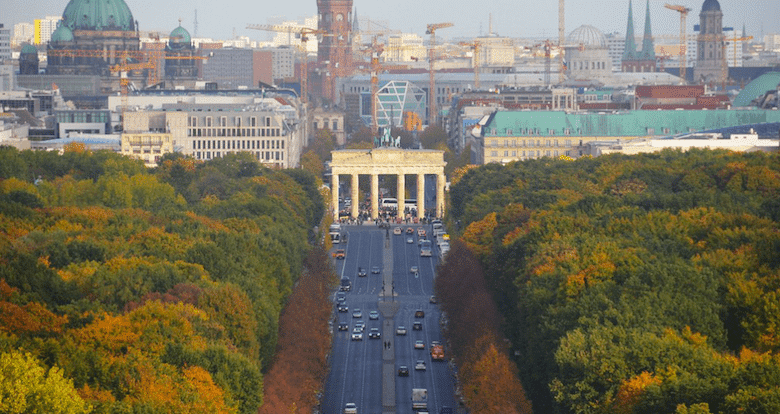
Berlin is one of the greenest cities in Europe, with more parks, gardens and forested areas than any other European city. It is, in literal terms, green. Locals have the benefit of enjoying over 2,500 stretches of green space, all of which provide a slice of nature in the city and habitats for wildlife. The huge green space of Tiergarten can be traced back to 1527, when it was constructed first as as a hunting playground and then a dazzling display of the baroque period by Prussian kings. By the end of World War II, Berlin’s largest artificial park was converted into allotments and agricultural zones and also served as a supply of firewood. There are far fewer cars on the road than in many other cities, and a fantastic public transport system. Furthermore, people are encouraged to recycle by means of a refund system, in which consumers can get back €0.25 for every plastic bottle recycled.
Bern
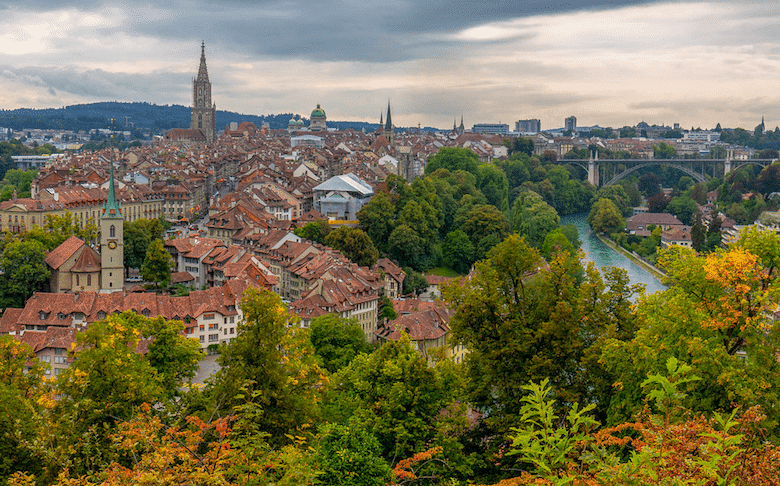
Switzerland in general is known for its high quality of life and the capital, Bern, is no exception. In fact, according to Teleport the city came in top place when it came to quality of life. Which means it features a very safe living environment making it a good place to live with high ratings in healthcare and environmental quality. The city was also scored highly on its green spaces, lack of congestion and water quality.
Which city is the greenest? You decide!

